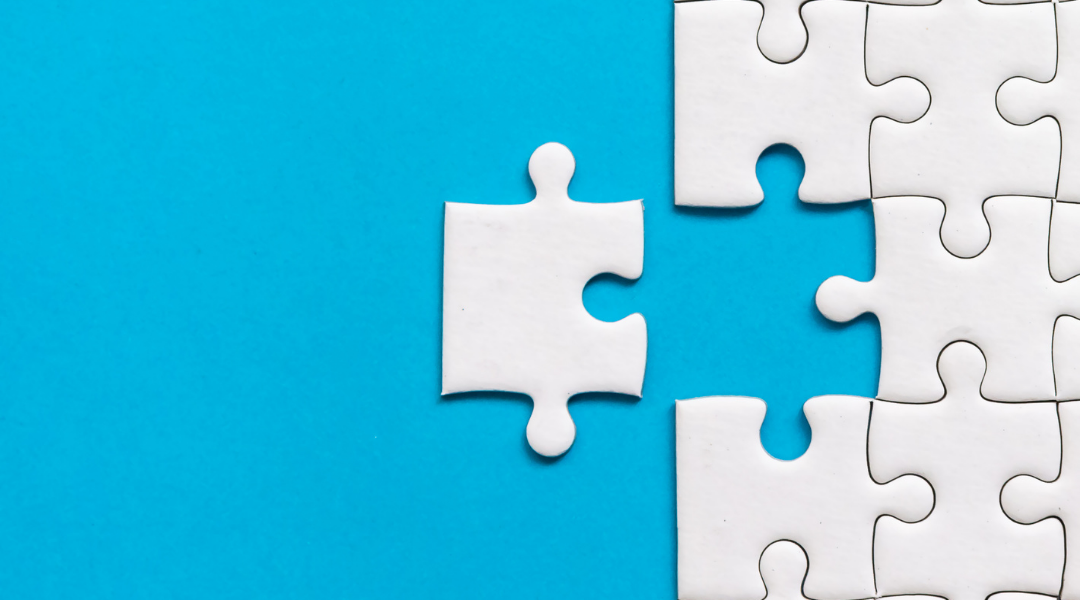Customer acquisition cost (CAC) is one of the more critical benchmarks in business and a term that all companies must understand. Proper use of this important metric can help ensure that a business keeps its expenses to a minimum while focusing its limited resources on impactful areas.
What Is Customer Acquisition Cost?
Customer acquisition cost is the metric that refers to how much it costs to gain new customers. This metric is vital to your business, as it gives you a good idea of the success of your overall marketing efforts and staff time. Your business should focus on how to optimize this cost by reducing marketing expenses and marketing expenses, while also increasing the number of new customers you get in all of your marketing campaigns.
Why Does Customer Acquisition Cost Matter?
CAC matters for a few reasons:
- It can show the efficiency of specific models, like eCommerce or a brick-and-mortar store.
- It can determine the effectiveness of marketing strategies and marketing channels, including ones conducted in print, television, content marketing, SEO, use of influencers, or social media marketing. It can be easy to calculate for some campaigns, like cost per click or PPM.
- It can help startups determine how to allot their money.
- It can reveal the total cost to recruit potential customers and give insight into more cost-effective methods.
How Do you Calculate Customer Acquisition Cost?
Customer acquisition cost is calculated by determining all of the expenditures associated with the acquisition of a new customer. This requires a robust understanding of your costs and total expenses. Keep in mind that a comprehensive CAC calculation includes all marketing efforts, including marketing spend and sales team time.
You can only calculate your CAC ratio if you have a robust customer relationship manager (CRM), like HubSpot, that can give you the total cost of each customer.
Here’s an Example Using an E-Commerce Company
Let’s say you were attempting to calculate your customer acquisition cost over a certain period. You would start by listing all of the costs that went into getting new customers over this period. This could include the cost of staff time, advertising campaigns (making sure to keep the conversion rate of any campaign in mind), and creative expenses that go into the cost of creating any campaign. You would add all of these costs up. Keep in mind that this deals with new customer cost only – not retention-related costs.
From there, you’d find out how many new customers you generated, and you would divide the total cost by the total customers.
Here’s an Example Using a SaaS Company
When calculating the CAC for a Saas company, odds are good that the campaign would be much more internet and digital-centric. In a sense, this makes the campaign costs even easier to calculate: Since advertisement costs are probably almost exclusively related to social media and other digital forms of advertising, you could explicitly track how many customers you got from a specific ad or during a specific period of time. All you would have to do is calculate the costs of the ads and creative-related expenses that went into the ad, then divide it by the number of new customers the ad converted for you.
How to Improve Your Customer Acquisition Cost
Thankfully, there are many ways to improve your customer acquisition cost over a specific time. Some of these are basic to the way that CAC is calculated. Reducing marketing expenses or increasing the number of customers you have would decrease your CAC. Other possibilities include:
- Find more cost-effective ways of advertising, like switching to more targeted digital efforts.
- Examine marketing automation opportunities that can manage and improve your sales funnel.
- Explore more targetted customer marketing opportunities, like A/B testing, that can show which messages are more effective for which services.
- Dig deeper into content marketing service opportunities that can enhance the SEO of your website while also creating a platform that establishes you as an expert and leader in your field of business.
How Does Customer Acquisition Cost Relate to Lifetime Value?
Customer acquisition cost and customer lifetime value (CLV) are intricately related, and while they may have slightly different meanings, it is important to understand how these business metrics work together.
The lifetime value (LTV) of a customer is the amount of money that paying customers give your company over the course of their lifespan with your organization. You can change these metrics to calculate them in numerous different ways, including over the length of a certain period of time (like a sales cycle), the amount of money an average customer will pay, or how much average customers spend during their lifespans. Decreasing churn, increasing the valuation of your customers, and improving customer satisfaction are all likely to increase your CLV. The time you use to calculate should correlate with your business model, which may have different needs.
Minimizing customer acquisition cost is vitally important to improving your profit margin and improving your total marketing efforts. It is a vital tool that you can use to calculate your total return on investment and demonstrates how much you must spend to increase your recurring revenue.

